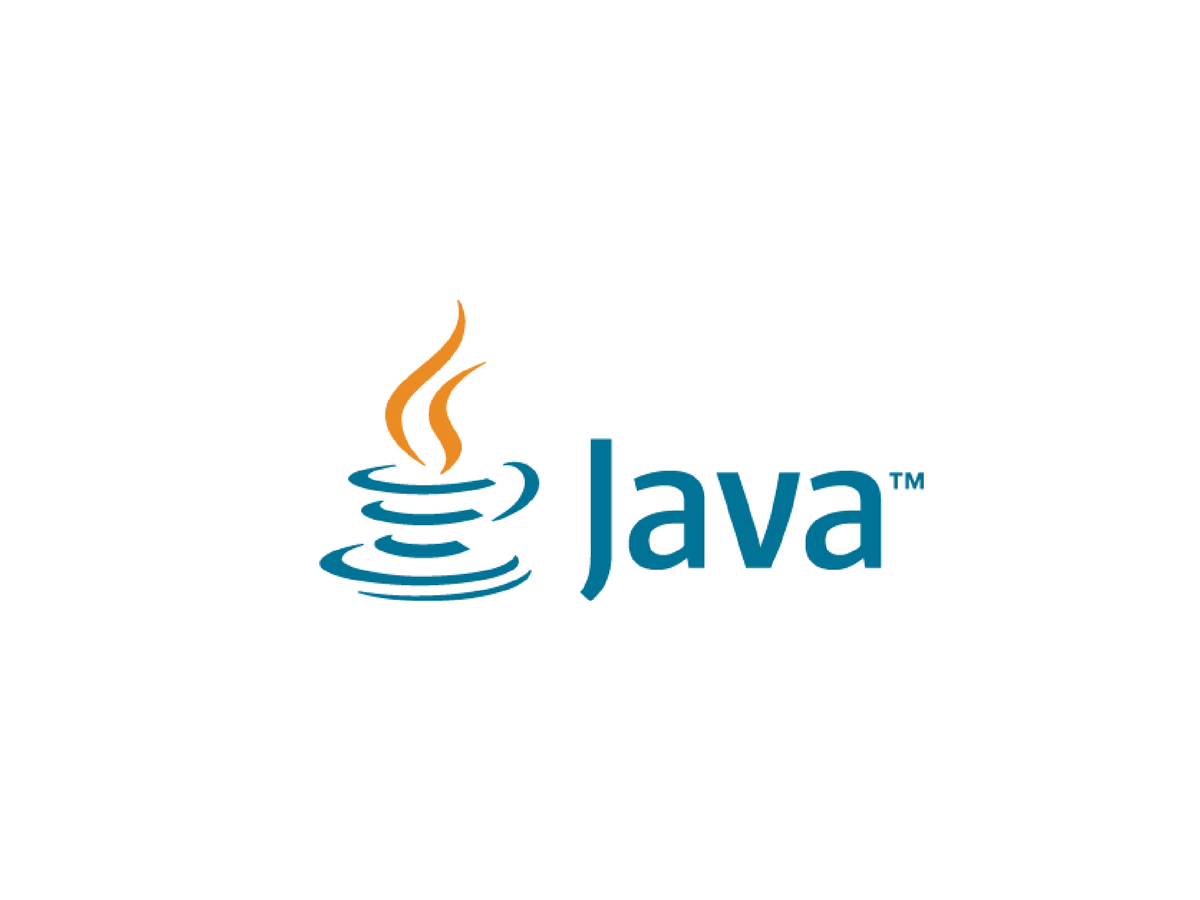Java most used frameworks
May 11, 2020
May 11, 2020

Web Applications, Mobile Applications, Cloud based applications and other different types of apps can be made with Java programming language.
For example, Twitter has used Java for all of its Android app development needs, Spotify, music streaming firm uses a range of languages for app development, including Java, applications like MATLAB use Java both for interacting user interface and as part of the core system, Java is used to develop popular desktop apps such as Gmail, Eclipse, Netbeans...
Earlier, programmers were building robust Java applications, without any framework.
In order to make programming faster and easier and to focus on concrete problem people have build different frameworks which you can use as a platform for your project.
Frameworks are code which contains solutions for common problems in applications development, and which we use because there is no need to lose time on something which is already solved. So we combine frameworks with our code and make process of development faster. There are many frameworks and all of them have some advantages but also limitations and obligations because there are some rules which you need to follow when you use them.
The most popular frameworks for Java are:
Spring Framework is a powerful lightweight application development framework used for Enterprise Java (JEE). This framework can be used for all layer implementations of a real-time application.
Spring and all the modules including Spring MVC, Spring Core, Spring Security, Spring ORM, etc are used in enterprise applications. Spring makes authentication, verification, and validation so much easier to include into any project. Advantages:
- It’s lightweight and doesn’t require a web server besides the default container
- It supports backward compatibility.
- It is easy to configure and to test
It is an advanced ORM (Object relational mapping) framework that lets you perform the database operation on Java entities. It is open source and gives you high productivity and portability because it enables mapping your data from Java objects to relational data basetables. Hibernate solves problems like communicating with databases with little peace of code, it removes a lot of boilerplate code that must be used in order to communicate with database, different data handling by OO languages and RDBMS. You can configure it based on your needs. Sometimes there are problems with data integrity and Hibernate. The most used components of Hibernate are:
Hibernate ORM: handles domain model persistence across relational databases.
Hibernate Search: Search feature across the domain.
Hibernate OGM: Domain model persistence for noSQL datastores.
Hibernate Tools: IDE plugins and command line stools that make the use of Hibernate easy.
It’s an open source web development framework which is built upon frameworks like Hibernate, Spring and GROMS. It is a Groovy-based, which enables developers to create web applications using Groovy programming language. It also enables buildings your own plugins. It have great support for enterprise Java applications, without need for configuration, which saves time. Also, it has unit testing feature and ready-made modules available and you can use them in your projects.
Advantages are that it is easy to use and learn, because it have good documentation and limitation is that runtime language use is mandatory.
Dropwizard is a Java framework for developing ops-friendly, high-performance, RESTful web services. Dropwizard pulls together stable, mature libraries from the Java ecosystem into a simple, light-weight package that lets you focus on getting things done.
Dropwizard has out-of-the-box support for sophisticated configuration, application metrics, logging, operational tools etc, so it is productive and simple to use, it uses JDBI, which keeps SQL transparent, and it is good choise for small or micro-services. It have some weaknesses, as lack of batch inserts with JDBI, multi-resource transaction scope can be tricky, and it enforces separation of resources so, need to consider urls as part of design.
It provides abstraction , because you create your user interface in Java on server side and rendering Ajax communication is taking care for you. Because you developing on your server side, integrating with business logic is possible by calling methods directly. It is build on top of Google Web Toolkit.
It’s a powerful and lightweight open source web and mobile development framework. It have intuitive user interface and it saves time in developing an app, because you don’t need to compile your codes, just deploy and restart. Configuration is done at one file and it have testing tools. It has some weaknesses and one of them is version incompatibility and if you do not know Scala than it can take a lot of time for learning.
Play is a unique Java framework as it doesn’t rely on the Java EE standards. It removes all the inconveniences of traditional Java web development like slow development cycles, a lot of configuration etc.